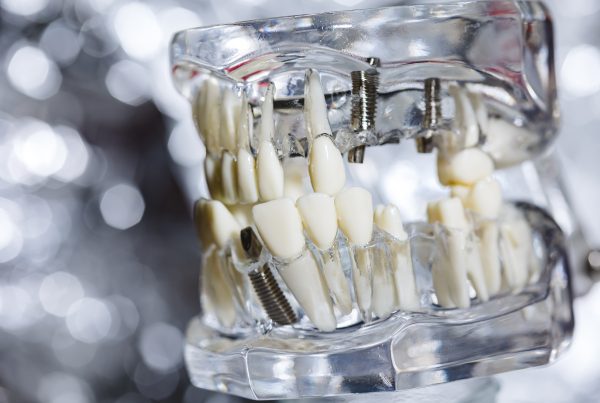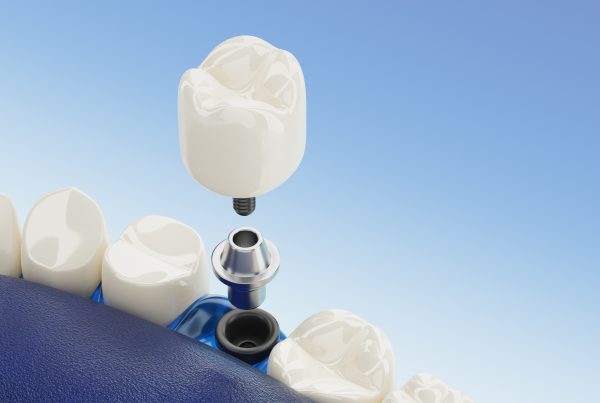Types Of Dental Implants - Which Are The Best?
Choosing the best type of dental implant can be a crucial decision when considering tooth replacement options. Dental implants are a popular and effective solution for replacing missing teeth, offering numerous benefits such as improved function, aesthetics, and oral health. However, the "best" type of dental implant can vary depending on individual needs and circumstances. Factors like bone quality, the number of missing teeth, and the patient's overall oral health all play a role in determining the most suitable implant option. In this discussion, we will explore different types of dental implants and factors to consider in order to make an informed decision about the best choice for your unique situation.

What are the different types of dental implants available?
There are several types of dental implants available, each designed to meet different patient needs and clinical situations. The main types of dental implants include:
- Endosteal Implants: These are the most common type of dental implants and are typically made of titanium. They are surgically placed into the jawbone and provide a strong, stable foundation for artificial teeth. Endosteal implants can support individual crowns, bridges, or implant-supported dentures.
- Subperiosteal Implants: Subperiosteal implants are less common and are used when a patient has insufficient bone height for traditional endosteal implants. They consist of a metal framework that is placed on top of the jawbone, just beneath the gum tissue. Posts protrude from the framework to support artificial teeth.
- Mini Implants: Mini implants are smaller in diameter than traditional implants and are often used to stabilize dentures. They require less invasive surgery, making them a suitable option for patients with limited bone volume.
- All-on-4 or All-on-6 Implants: These are specific implant systems that use four or six strategically placed implants to support a full arch of teeth. They are designed to provide a secure and efficient solution for individuals who need extensive tooth replacement, particularly for the upper or lower jaw.
- Zygomatic Implants: Zygomatic implants are used in cases where the patient has significant bone loss in the upper jaw, and traditional implants are not feasible. They are anchored into the cheekbone (zygoma) to provide stable support for upper dentures or bridges.
- Ceramic (Zirconia) Implants: While most implants are made of titanium, ceramic or zirconia implants are also available. These are an option for individuals with metal allergies or those who prefer a metal-free implant solution. They offer good aesthetics and biocompatibility.
The choice of which type of dental implant to use depends on various factors, including the patient’s oral health, bone density, location of the missing teeth, and the specific treatment plan recommended by the dentist or oral surgeon. It’s important to consult with a dental professional to determine the most suitable implant type for your individual needs.
What factors should be considered when choosing the best dental implant type?
When choosing the best dental implant type, several critical factors must be taken into account to ensure the success and longevity of the implant-supported restoration. Firstly, the patient’s oral health and bone quality play a pivotal role in the decision-making process. Adequate bone density is necessary to provide a stable foundation for the implant. If the patient has experienced bone loss, procedures such as bone grafting may be required to prepare the site for traditional endosteal implants or other alternatives. The location of the missing teeth is also crucial, as different types of dental implants are better suited for specific areas of the mouth. For instance, zygomatic implants are often recommended when replacing upper molars or premolars with significant bone loss, while mini implants can be ideal for stabilizing lower dentures in patients with minimal bone volume.
Secondly, the patient’s overall health and specific medical conditions should be taken into consideration. Certain systemic conditions or medications may impact the success of dental implant surgery or healing processes. It’s essential for the dental professional to assess the patient’s medical history and collaborate with other healthcare providers when necessary. Patient preferences and aesthetic concerns should also be considered, as some individuals may prefer ceramic (zirconia) implants for their metal-free and natural appearance, while others may prioritize the cost-effectiveness of traditional titanium implants. Ultimately, the choice of the best dental implant type should be based on a comprehensive evaluation of these factors, along with a customized treatment plan developed in consultation with a knowledgeable oral surgeon or dentist.
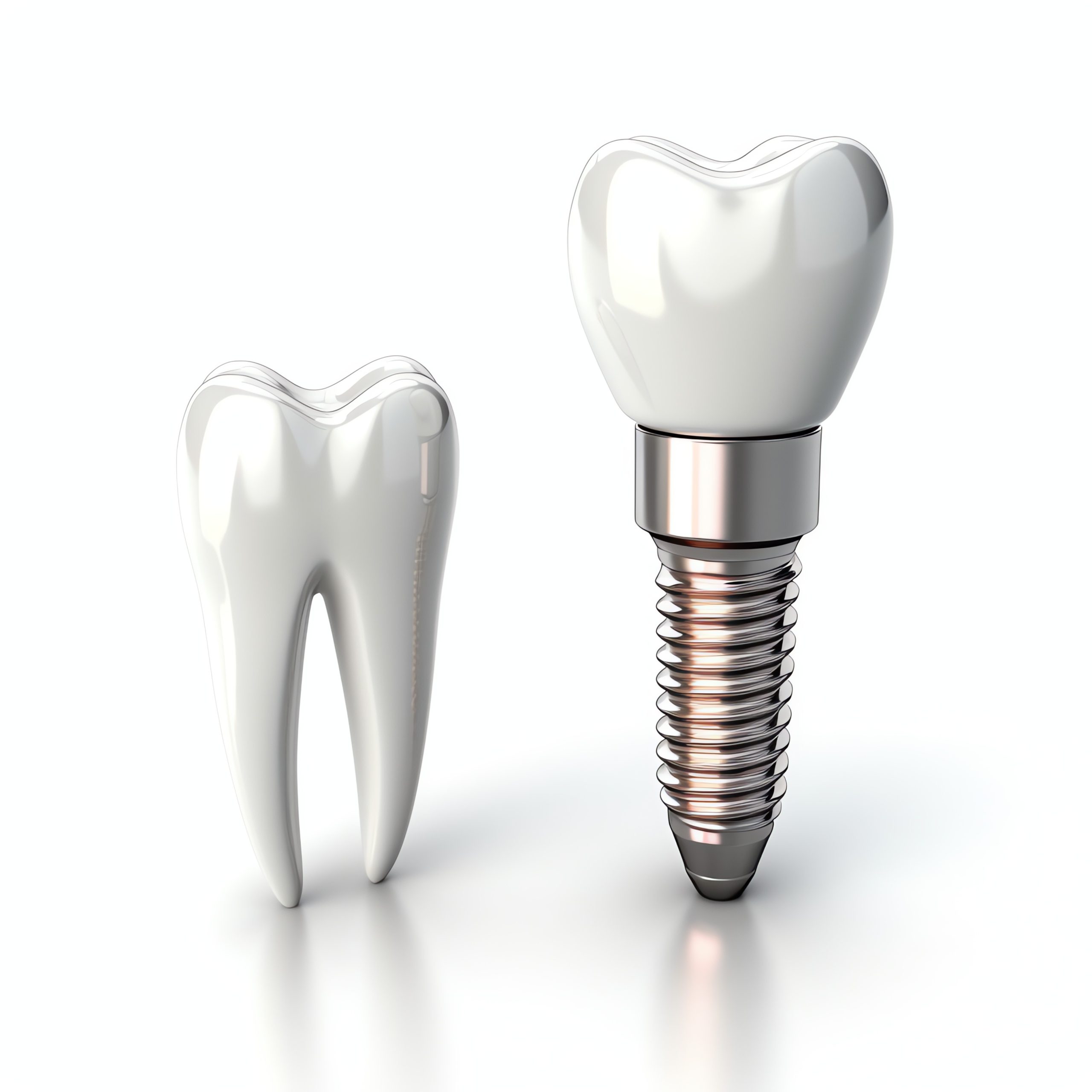

Is bone quality an important factor in selecting the right dental implant?
Yes, bone quality is a crucial factor in selecting the right dental implant. The success and long-term stability of dental implants depend on the presence of sufficient and healthy bone to support the implant. The bone should be dense and strong enough to provide a stable foundation for the implant and withstand the chewing forces applied during normal oral function. Insufficient bone density can lead to implant failure, which is why it’s essential to evaluate bone quality through imaging techniques like X-rays or CT scans. In cases where the patient has experienced bone loss, bone grafting or other augmentation procedures may be necessary to prepare the site for implant placement. Different types of dental implants, such as mini implants or zygomatic implants, may be recommended for patients with varying degrees of bone quality and quantity to ensure a successful and lasting outcome.
What is the ideal implant type for replacing a single missing tooth?
The ideal implant type for replacing a single missing tooth is typically an endosteal implant, specifically a traditional titanium implant. Endosteal implants are surgically placed directly into the jawbone and are designed to provide a strong and stable foundation for a single artificial tooth (crown). These implants mimic the natural tooth root, offering excellent support and stability for the replacement tooth. They are the most common and widely used option for single-tooth replacements because of their high success rates and predictable outcomes.
In some cases, a ceramic (zirconia) implant may also be considered as an alternative to titanium, especially for individuals with metal allergies or those who prefer a metal-free solution. However, the choice between titanium and ceramic implants should be discussed with a dental professional, as it depends on various factors, including the patient’s specific needs and preferences, as well as the clinician’s recommendation based on the patient’s oral health and bone quality.
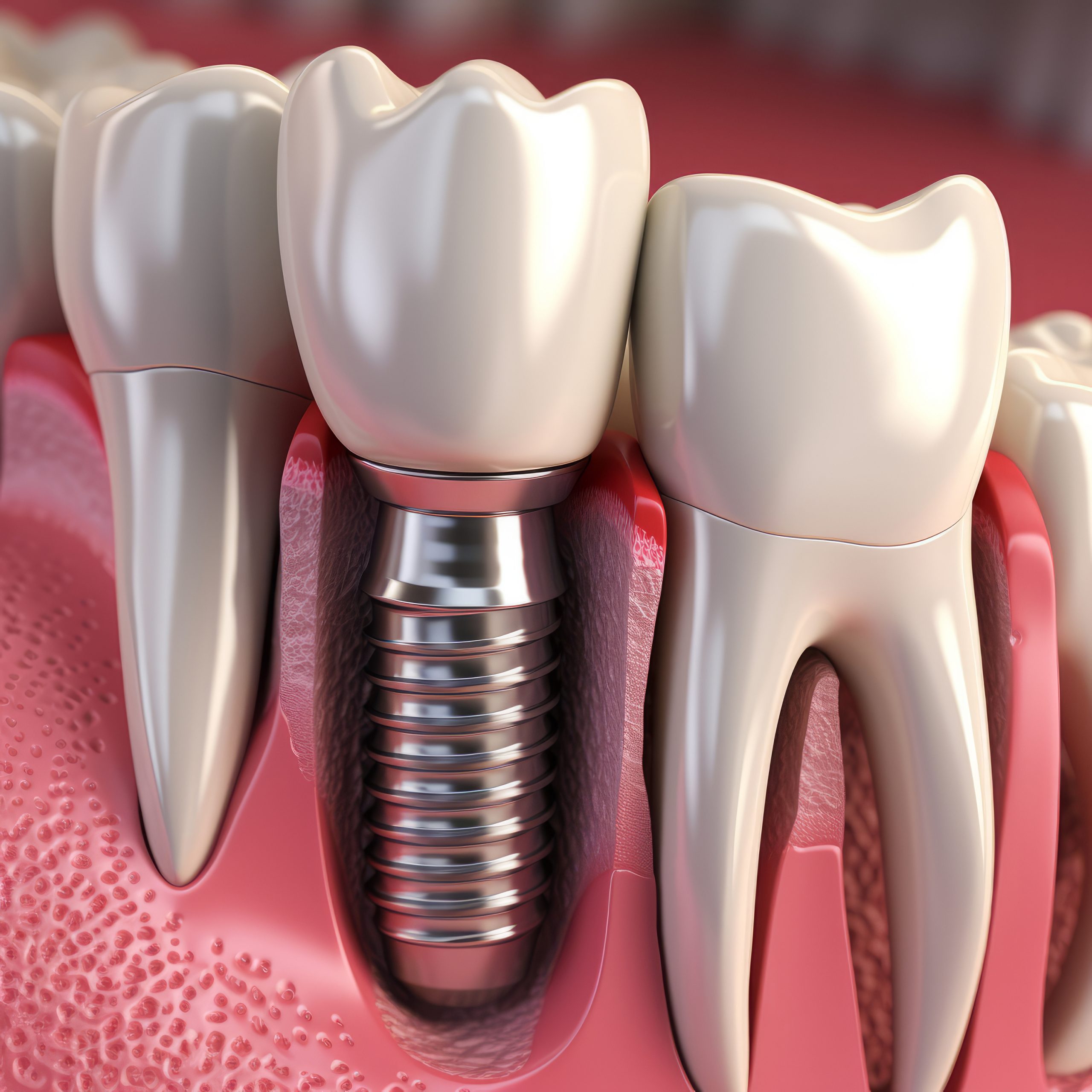

Can the location of the missing tooth impact the choice of dental implant?
Yes, the location of the missing tooth can significantly impact the choice of dental implant. The position within the mouth plays a crucial role in determining the most appropriate implant type. Here are some location-specific considerations:
- Front Teeth (Incisors and Canines): When a front tooth is missing, aesthetics become a primary concern. Traditional titanium endosteal implants are often the first choice due to their strength and stability. These implants can support a lifelike dental crown that blends seamlessly with the neighboring natural teeth.
- Premolars: Premolars, located behind the canines, may also be replaced with traditional endosteal implants, especially if there is ample bone support. However, in cases of limited bone density or height, mini implants or zirconia implants could be considered.
- Molars: Molars are at the back of the mouth and experience more significant chewing forces. In these areas, the choice of implant may be influenced by bone quality, as molars may require a stronger implant. Zygomatic implants might be considered for upper molars if there’s extensive bone loss. Mini implants are generally not recommended for molars due to the increased pressure they endure during chewing.
- Upper or Lower Jaw: The choice of implant may vary depending on whether the missing tooth is in the upper or lower jaw. Upper molars, in particular, may present more challenges due to the sinus cavity, which can affect bone quality and height. Zygomatic implants can be a viable solution in the upper jaw in such cases.
The specific location of the missing tooth should be evaluated by a dental professional, who will consider bone quality, aesthetics, chewing function, and other individual factors when determining the most suitable dental implant type for the patient’s needs.
What are the pros and cons of ceramic (zirconia) implants versus titanium implants?
Ceramic (zirconia) implants and titanium implants each have their own set of pros and cons, which may influence the choice between the two. Here’s a comparison of the two types:
Ceramic (Zirconia) Implants:
Pros:
- Aesthetic Appeal: Zirconia implants are white and can provide a more natural appearance, making them particularly appealing for patients concerned about the metal color showing through the gums.
- Biocompatibility: Zirconia is known for its excellent biocompatibility, which means it is generally well-tolerated by the body and less likely to cause allergic reactions.
- Reduced Thermal Conductivity: Zirconia implants have lower thermal conductivity than titanium, making them less sensitive to temperature changes and potentially more comfortable for some patients.
Cons:
- Brittle Material: Zirconia is more brittle than titanium, which can make it more prone to fractures in certain situations, although advancements have improved its durability.
- Limited Clinical Longevity Data: While zirconia implants have shown promise, they have not been in use as long as titanium implants, so there is less long-term clinical data to support their durability.
- Limited Placement Options: Zirconia implants may not be suitable for all clinical scenarios, especially cases with extensive bone loss or specific anatomical challenges.
Titanium Implants:
Pros:
- Proven Longevity: Titanium implants have a long and successful track record in dental implantology, with decades of clinical data supporting their longevity and reliability.
- Strong and Durable: Titanium is a robust and durable material, which can withstand the rigors of everyday chewing forces.
- Versatile Placement: Titanium implants are suitable for a wide range of clinical situations, including cases with varying bone quality and quantity.
Cons:
- Potential for Metallic Allergies: Some individuals may have allergic reactions to titanium or may be concerned about metal sensitivity, although this is relatively rare.
- Visible Gray Color: The metal color of titanium may show through the gums, which can be a cosmetic concern for some patients, particularly in anterior (front) teeth.
- Increased Thermal Conductivity: Titanium has a higher thermal conductivity, which can make it more sensitive to temperature changes, potentially leading to discomfort for some individuals.
The choice between ceramic (zirconia) and titanium implants should be made in consultation with a dental professional, considering the patient’s specific needs, preferences, and clinical situation. Both types of implants have their advantages and limitations, and the decision should be based on an individualized assessment.

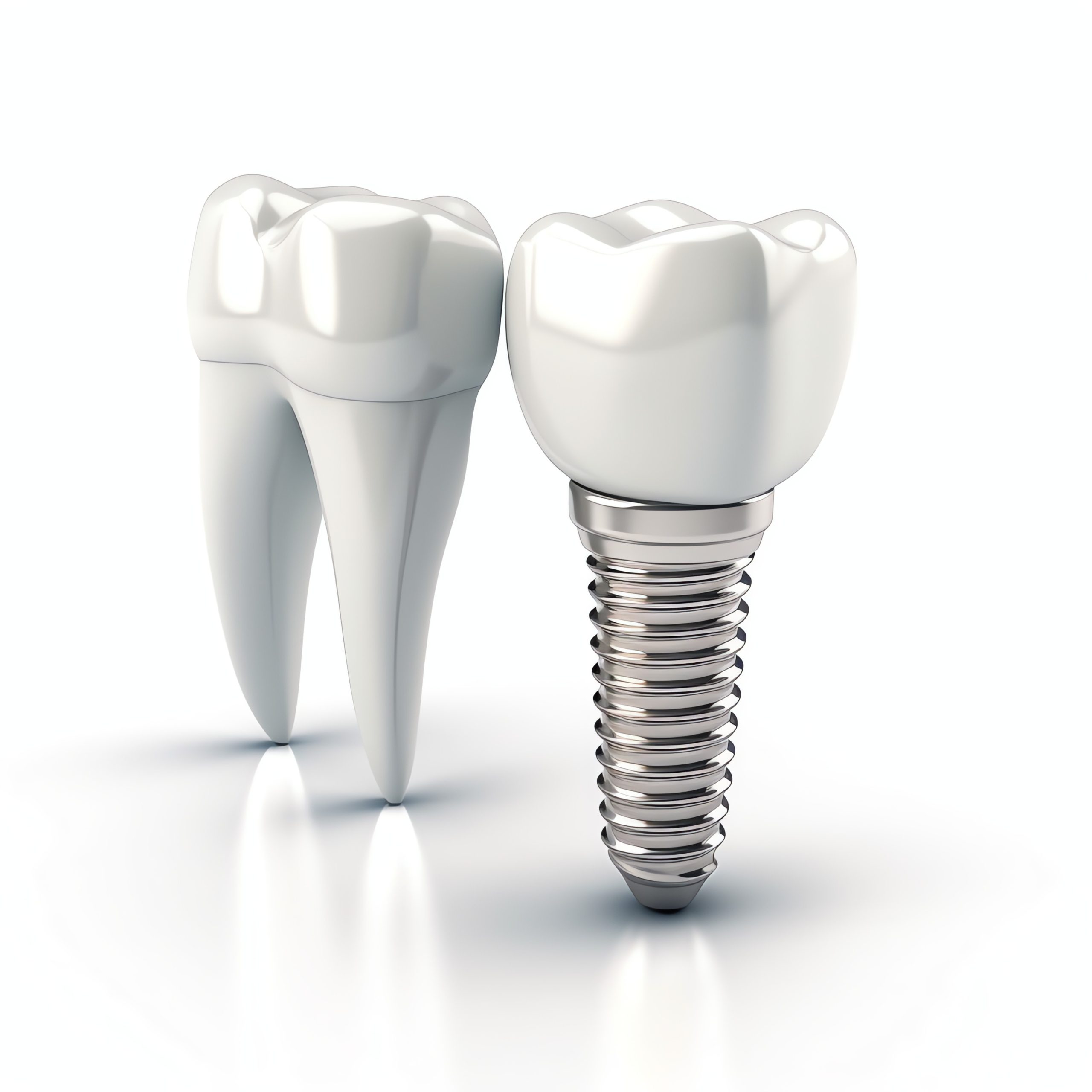
How do cost and insurance coverage play a role in the decision-making process for dental implants?
Cost and insurance coverage are significant factors in the decision-making process for dental implants. Dental implant procedures can be relatively expensive, and many patients need to consider their financial situation when determining the feasibility of treatment. The overall cost of dental implants can vary based on several factors, including the type of implant, the number of implants needed, any necessary preparatory procedures (e.g., bone grafting), and the geographic location of the dental practice. Patients should obtain detailed cost estimates from their oral surgeon or dentist, taking into account all associated expenses to make an informed decision. Additionally, it’s important to inquire about payment options, financing plans, or dental insurance policies that may help make the treatment more affordable.
Insurance coverage for dental implants can also influence the decision-making process. While dental insurance plans may cover certain aspects of implant treatment, such as consultations, diagnostic imaging, and some pre-implant procedures, they often do not fully cover the cost of the implants and their restoration. Patients should carefully review their insurance policies to understand what is covered and what is not. In some cases, dental insurance policies may have annual or lifetime maximums, and patients should be aware of any limitations that may impact their out-of-pocket expenses. For those without sufficient insurance coverage, seeking alternative payment options, such as dental savings plans or financing through the dental provider, can help make dental implants more accessible while maintaining oral health and overall quality of life.


